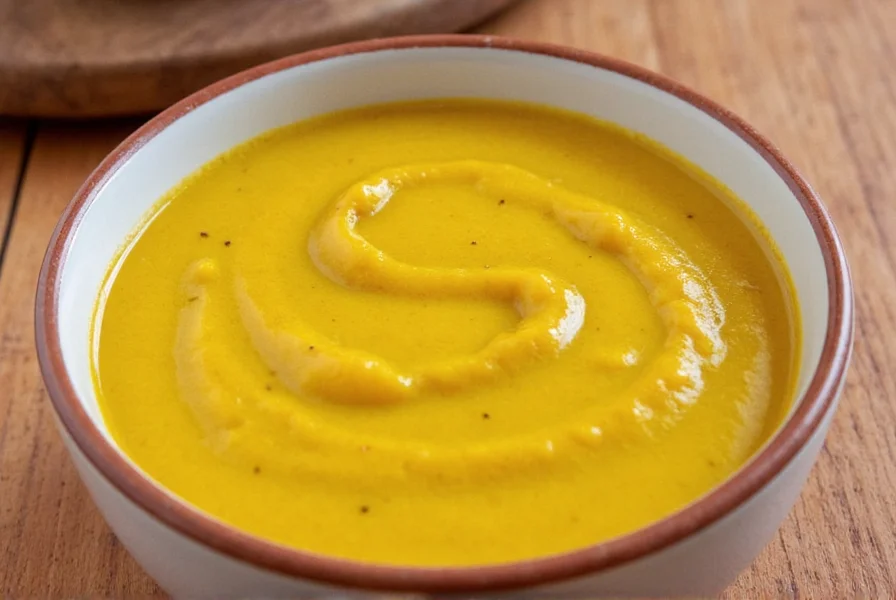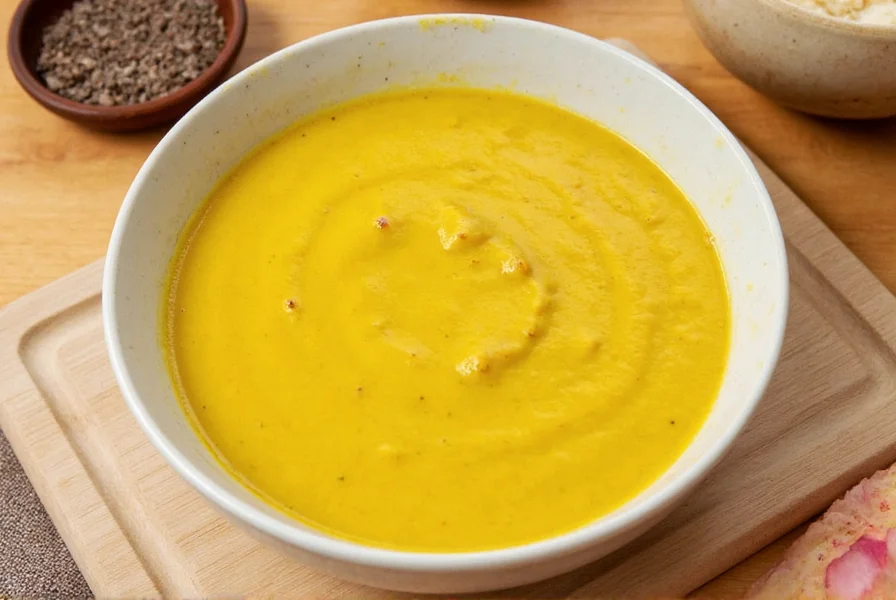Peru Yellow Sauce: The Zesty Secret Behind Latin America’s Most Vibrant Dishes
If you’ve ever tasted a dish that made your taste buds sing with joy, there’s a good chance it was kissed by Peru Yellow Sauce. This vibrant condiment is more than just a topping — it’s the soul of Peruvian cuisine. Whether you’re drizzling it over grilled chicken or using it as a base for marinades, this sauce brings bold color, fiery heat, and unforgettable flavor.
Table of Contents
- What Is Peru Yellow Sauce?
- The Roots of the Sauce
- Why It Matters in Global Cuisine
- Ingredient Breakdown: What Makes It Tick?
- Top 5 Dishes to Use Peru Yellow Sauce On
- How to Make Your Own at Home
- Buying Guide: Choosing the Best Bottle
- Final Thoughts
What Is Peru Yellow Sauce?
Peru Yellow Sauce — locally known as salsa amarilla — is a creamy, tangy, and slightly spicy sauce made from yellow chili peppers (usually *aji amarillo*), garlic, onions, vinegar, and sometimes even mayonnaise or sour cream. It’s got that perfect balance between heat and acidity, making it an indispensable part of Peruvian cooking.
It's often used as a condiment or marinade, lending its signature sunshine hue to dishes like pollo a la brasa (rotisserie chicken), anticuchos (beef heart skewers), and papas a la huancaína (spicy cheese potatoes).
The Roots of the Sauce

The origins of Peru Yellow Sauce lie deep in the Andes Mountains, where the indigenous peoples have been cultivating and using aji peppers for thousands of years. Aji amarillo, the star ingredient, is native to Peru and adds both heat and fruity depth to the sauce.
Over time, Spanish colonizers introduced dairy and vinegar, which blended beautifully with the local flavors. Today, salsa amarilla is not only a staple in home kitchens but also a must-have on restaurant menus across Peru and beyond.
Why It Matters in Global Cuisine
In recent years, global food trends have embraced Peruvian cuisine like never before. With chefs experimenting with fusion flavors, Peru Yellow Sauce has found its way into tacos, burgers, sushi rolls, and even pasta sauces. Its versatility makes it a darling of modern gastronomy.
Unlike many hot sauces, which rely solely on heat, this one offers complexity — earthy, fruity, tangy, and rich. It bridges the gap between traditional Latin American flavors and international palates looking for something bold yet balanced.
Ingredient Breakdown: What Makes It Tick?
| Ingredient | Role in Flavor Profile |
|---|---|
| Aji Amarillo Peppers | The core flavor — fruity, floral, moderately spicy (about 30,000–50,000 Scoville units) |
| Garlic & Onion | Adds depth and umami; balances the pepper’s sweetness |
| Vinegar | Provides tanginess and acts as a natural preservative |
| Mayonnaise or Sour Cream | Creamy texture, smooths out the spice, creates a silky mouthfeel |
| Oil | Helps emulsify everything together and deepen flavor extraction |
Top 5 Dishes to Use Peru Yellow Sauce On

- Pollo a la Brasa: Rotisserie chicken served with fries and a generous dollop of salsa amarilla.
- Anticuchos: Grilled beef heart skewers brushed with the sauce for a smoky-spicy kick.
- Papas a la Huancaína: Boiled potatoes smothered in a spicy cheese sauce — often enhanced with a splash of yellow sauce.
- Lomo Saltado: Stir-fried beef dish that gets a fiery twist when splashed with the sauce before serving.
- Tacos and Burritos: Yes! Modern chefs are using it in Mexican-inspired street food for a Peruvian punch.
How to Make Your Own at Home
Making your own Peru Yellow Sauce is easier than you think — and far tastier than store-bought versions. Here’s a simple recipe to get you started:
- Ingredients:
- 4–6 fresh or frozen aji amarillo peppers (or substitute with yellow bell peppers + cayenne)
- 2 cloves garlic
- 1 small onion, chopped
- 2 tbsp white vinegar
- 1 tbsp vegetable oil
- 2 tbsp mayonnaise or sour cream
- Salt to taste
- Roast or boil the peppers until soft (remove skins if using fresh).
- Blend all ingredients in a blender or food processor until smooth.
- Taste and adjust seasoning — add more vinegar for tanginess, oil for richness, or salt to enhance flavor.
- Refrigerate for up to a week or freeze in portions for longer storage.
Buying Guide: Choosing the Best Bottle
If making your own isn’t your style, there are plenty of excellent commercial options available. Here’s what to look for when shopping:
Top Brands Compared
| Brand | Heat Level | Texture | Flavor Notes | Best For |
|---|---|---|---|---|
| La Costeña | Moderate | Smooth & creamy | Fruity, mild heat, slightly tangy | Dipping sauces, marinades |
| Goya | Mild | Thin & pourable | Savory, slightly sweet, less spice | Casual meals, beginners |
| Amigo Foods | Hot | Chunky & rustic | Earthy, bold, smoky finish | Grilling, stir-fries, bold flavor seekers |
| Del Monte | Mild-Moderate | Consistent blend | Balanced, easygoing | Families, sandwiches, school lunches |
| Organic Peruvian Market | Moderate-Hot | Thick & rich | Natural, organic ingredients, no additives | Health-conscious cooks, gourmet recipes |
Features to Consider When Buying
- Spice Level: Choose mild if you're new, moderate for family-friendly meals, or hot if you crave fire.
- Texture: Creamy blends work best for dips and sauces; chunkier versions are great for grilling or adding bite.
- Preservatives: Check labels — go organic if avoiding artificial additives.
- Usage: Think about whether you’ll be spreading, marinating, or blending it into other sauces.
Use Cases and Occasions
- Weeknight Dinners: Try Goya or Del Monte — mild and versatile.
- Weekend BBQ: Amigo Foods is bold enough to stand up to grilled meats.
- Party Platters: La Costeña pairs perfectly with fried foods and finger snacks.
- Meal Prep: Organic Peruvian Market offers clean ingredients ideal for health-focused diets.
Final Thoughts

Whether you make it yourself or buy a bottle, Peru Yellow Sauce deserves a spot in your pantry. Its unique flavor profile sets it apart from typical hot sauces, and its adaptability means it fits right into your everyday meals or special culinary experiments.
So next time you're craving something bright, bold, and beautiful — give this golden elixir a try. Your taste buds will thank you!
Quick Recap: Why You Should Love Peru Yellow Sauce
- Unique, complex flavor with fruity, tangy, and spicy notes
- Perfect for marinades, dipping sauces, dressings, and more
- Easily customizable — make your own or find the right brand
- Great for both casual meals and gourmet creations










 浙公网安备
33010002000092号
浙公网安备
33010002000092号 浙B2-20120091-4
浙B2-20120091-4